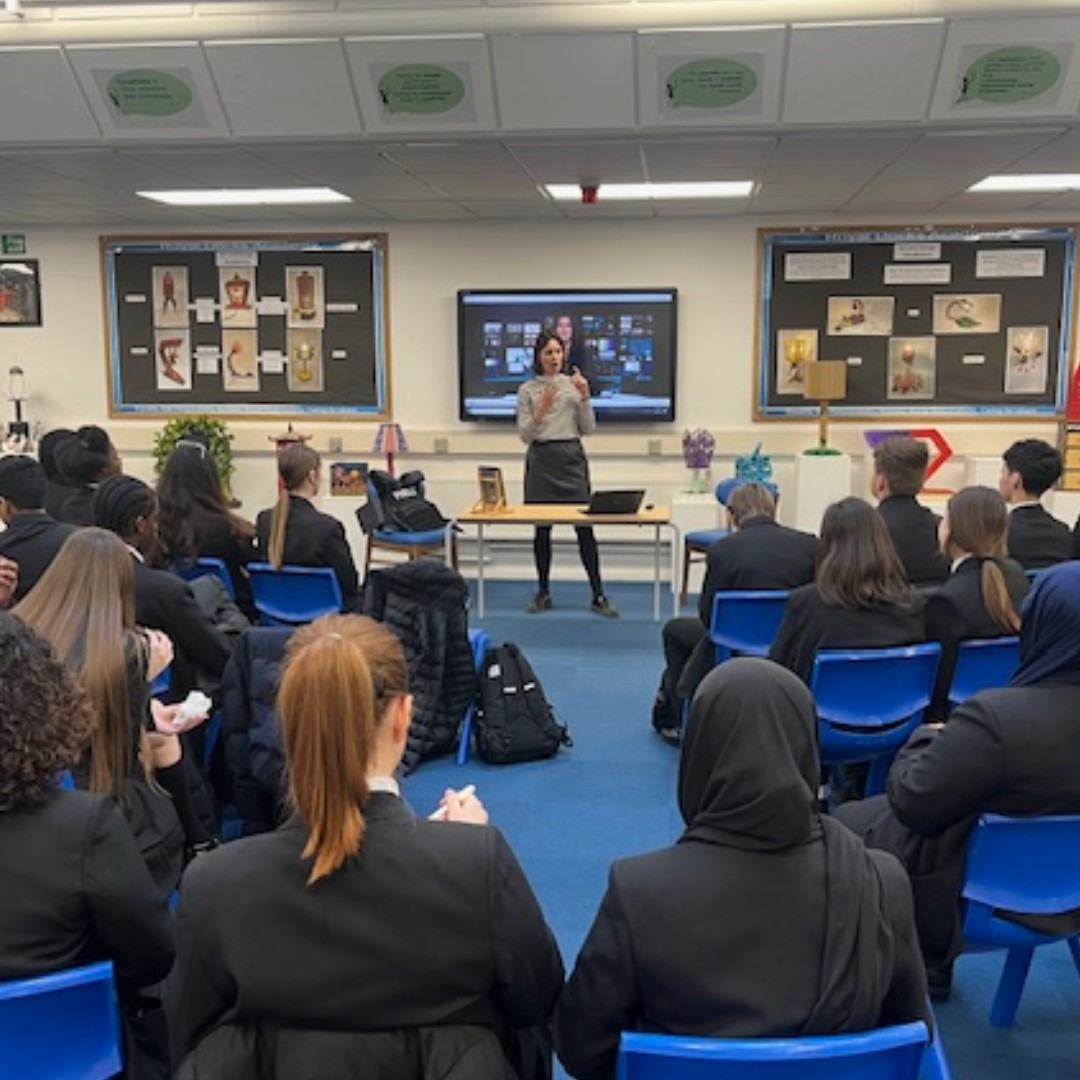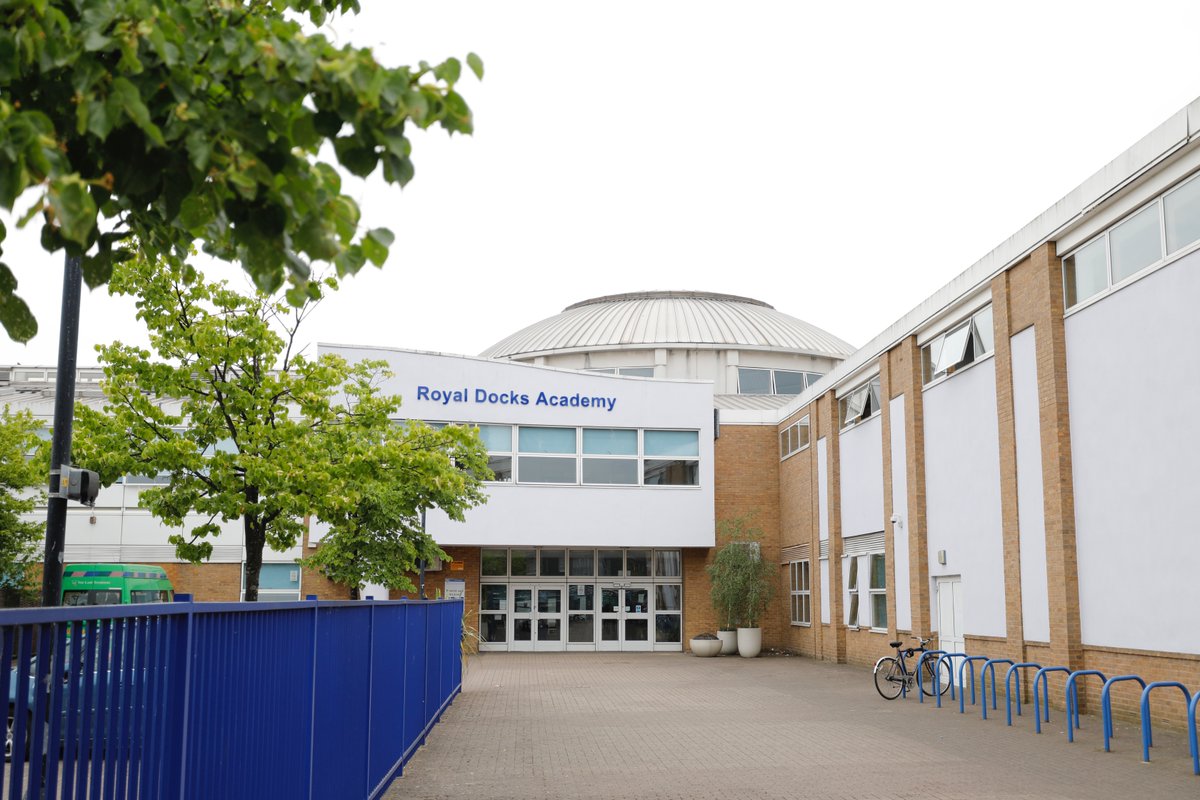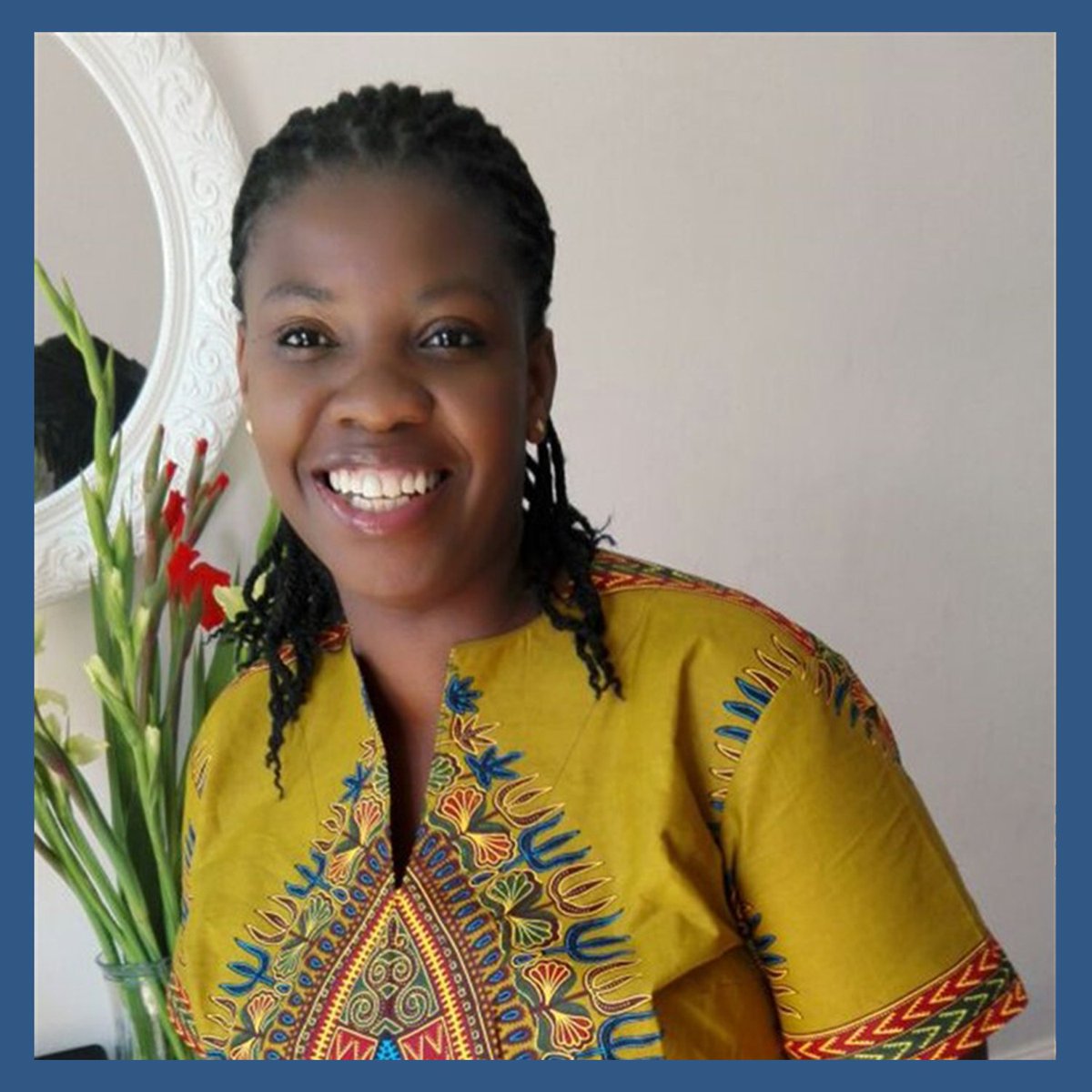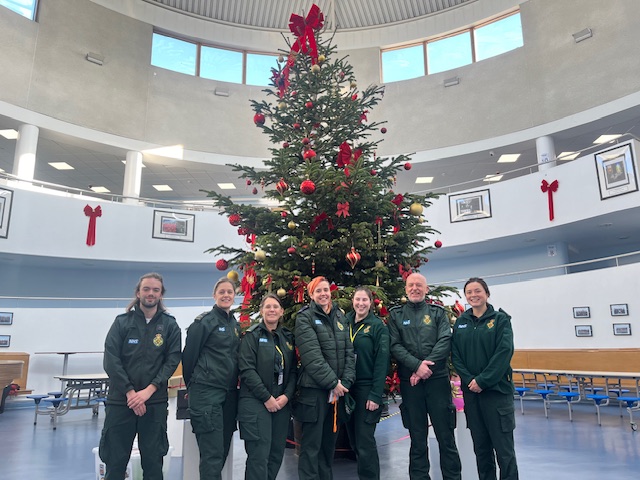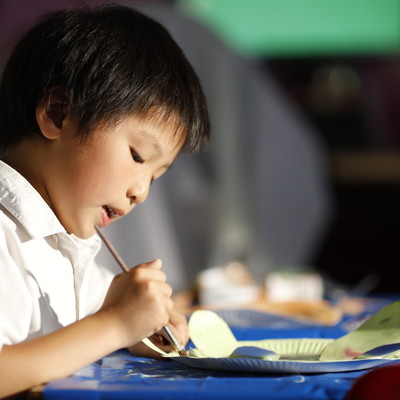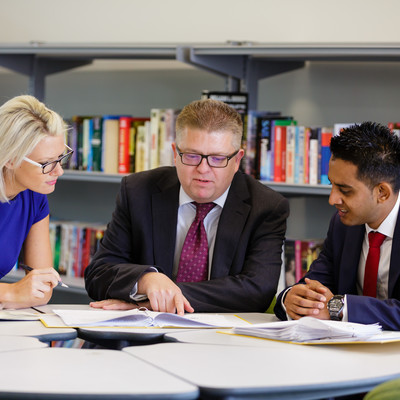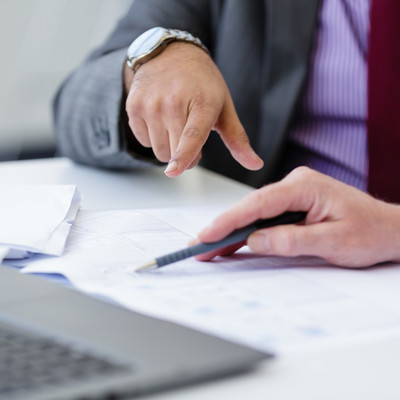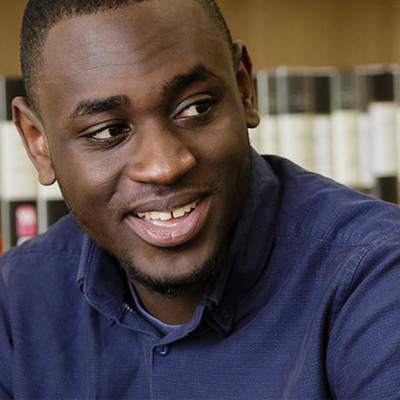Physical Education (PE)
Physical Education (PE) - Learning Map
Physical education and sport can be traced back to the ancient Greeks and Romans and the first Olympic Games in 776 B.C. Two of the greatest philosophers of all time, Socrates and Plato, believed healthy mind and body were linked, and were known to practise exercise and take part in competition. Physical education in schools in the UK became common in the 1800s with the focus then on gymnastics, hygiene and taking care of the body.
P.E. has often been a great divider of pupils; those that were ‘good’ at sport and those that were not. Historically, thoughts of open changing areas, enforced showers and shivering on muddy sports pitches led to many pupils being reluctant to participate who left school with negative feelings towards the physical education. However, thankfully things have moved on and rather than judge a student’s physical abilities in the confines of traditional games, PE now educates pupils to work as a team to reach goals and to value improvement in individual performance which will help them throughout their lives.
P.E. today also emphasises the value of exercise in physical and mental well-being. Studies have shown that exercise can help overcome depression and improve concentration and work performance and with the challenges of modern, sedentary lifestyles, it has never been more important for young people to enjoy sport. P.E. aims to make exercise fun and educational leading to prolonged commitment, because it is only by doing exercise that young people can gain all of its benefits.
The physical education curriculum at Royal Docks is being developed with pupils of all ages, genders, ethnicities and abilities in mind.
Fundamental to our curriculum is to embed core physical skills in all our pupils. These should contribute to our pupils leading full and active lives long after they finish their formal education, including supporting those with aspirations to compete at county and national level.
The KS1 curriculum develops the children’s skills of agility, balance and co-ordination – their ABC! These skills are then transferred into more recognised sports and activities during KS2 and practiced in more depth at KS3 with the pupils gaining more knowledge of the theory of PE, examining different types of fitness and why people need these skills for life. At KS4, interested pupils can opt to study PE or health & fitness to gain a recognised qualification, but all pupils have core lessons which will focus more on pupils’ wellbeing, mental and social as well as physical.
The curriculum will examine the different abilities our bodies have and what activities they may be best equipped to perform. A flexible curriculum built around the facilities available will aim to give pupils a choice of activities, both individual and team sports, with the goal of every student finding a sport or activity that engages them and that they can continue participating in after leaving school, whether a performer, coach, referee, or a knowledgeable spectator.
While many PE pupils at some point aspire to become professional sportsmen or women only a small proportion will realise this dream. However, they can all continue playing competitive sport in their own time and pursue a career in another area of sport such as coaching sports or teaching PE. Pupils could also go on to study sport science which could lead to them into exercise physiology, biomechanics or sport psychology.
With an increase in the number of people keeping fit by working out at the gym, there are more opportunities for pupils to work in this area having qualified as fitness instructors, personal trainers and aerobics/ yoga teachers. For pupils more interested in healthcare, sports therapy is a growing area concerned with prevention of injury and the rehabilitation of sports people following injury.
Finally, PE pupils can stay involved in sport in other areas by becoming a sports development officer or sports administrator.
However, regardless of whether pupils pursue a career linked to physical education and sport, it’s important they all keep active in whatever way they choose, to gain the health, wellbeing and social benefits of physical activity.








